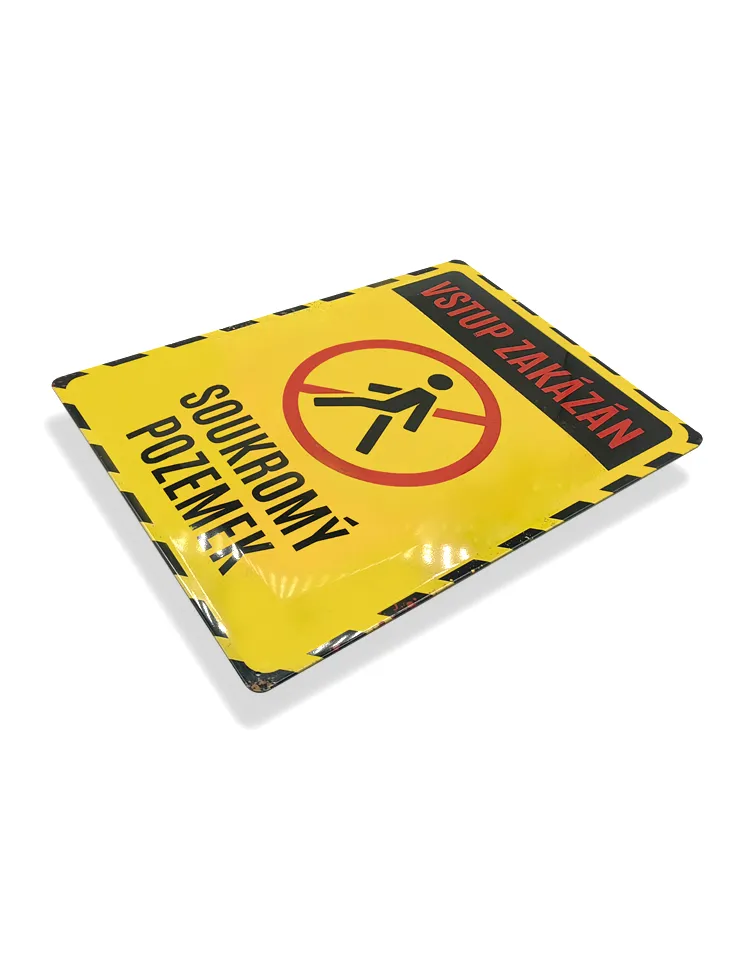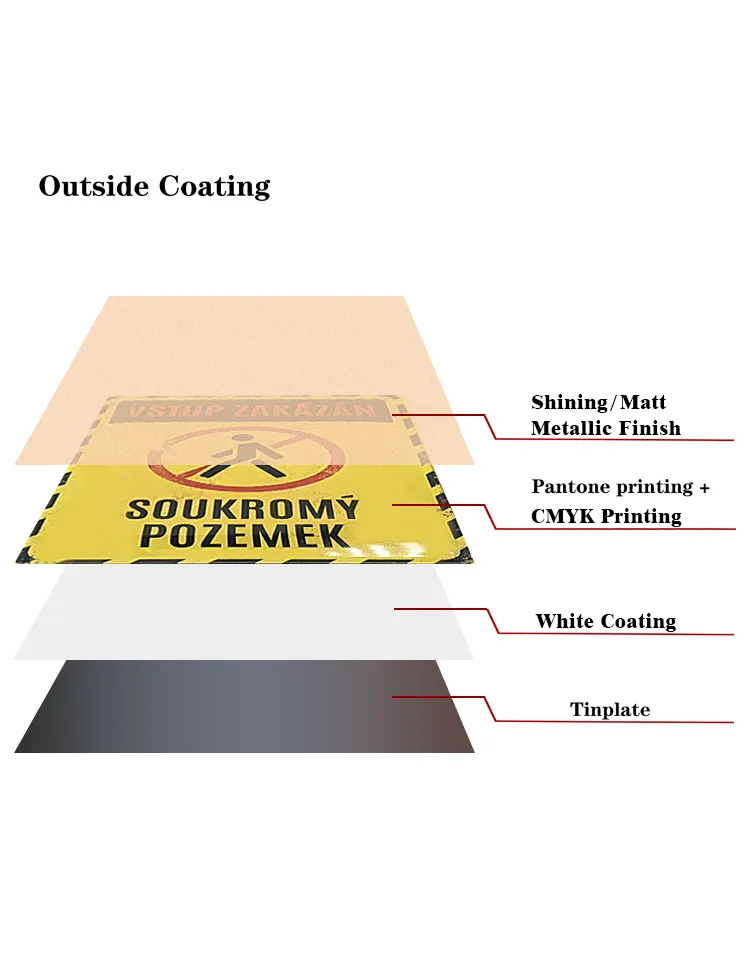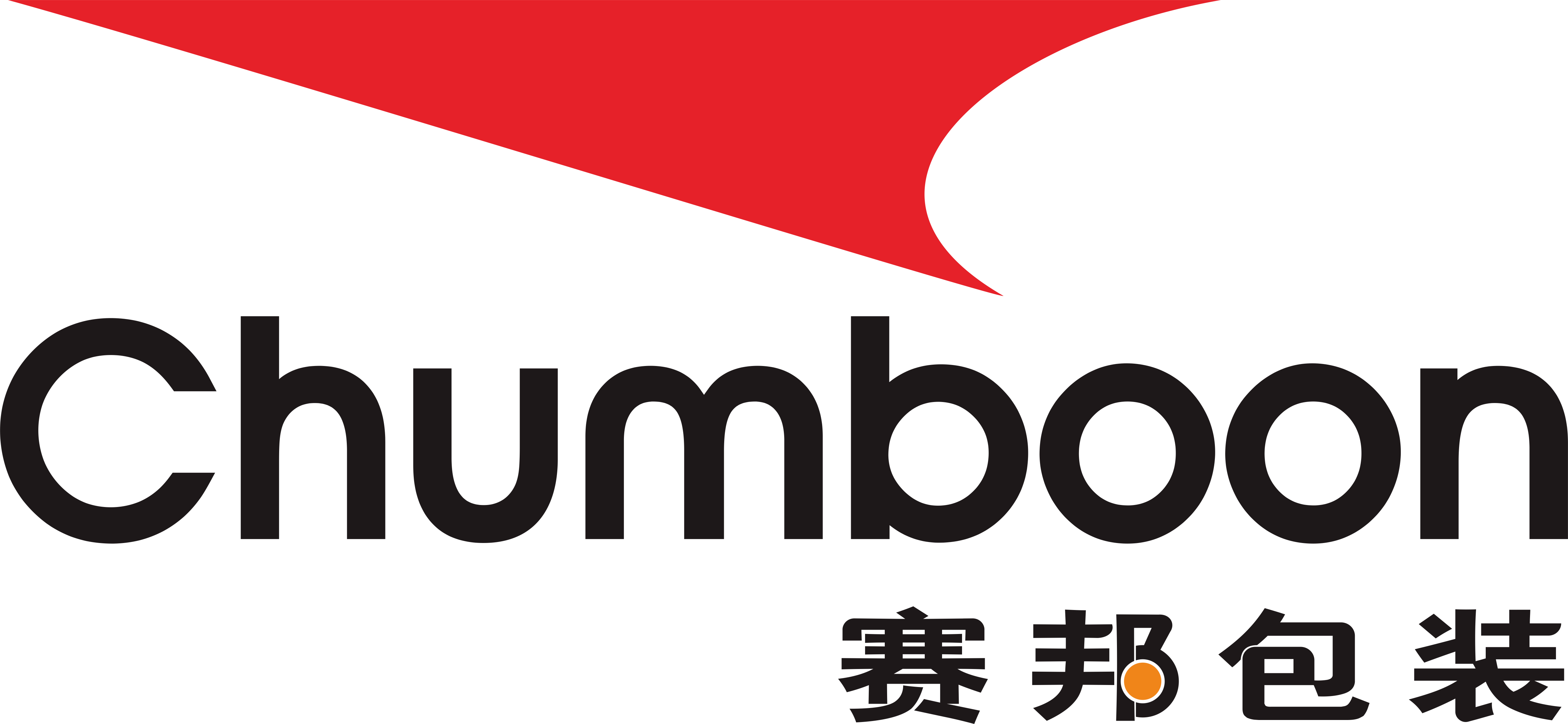As an important packaging material, electrolytic tinplate is widely used in food, beverage, chemical and other industries. Understanding its production cost is of great significance to both manufacturers and consumers.
This article will explore in depth the production cost components of electrolytic tinplate, analyze the key links that affect the cost, and explore market trends and response strategies.
1. Overview of the production process of electrolytic tinplate
The production process of electrolytic tinplate includes multiple links such as substrate production, tinning process, and surface treatment. The specific steps are as follows:
Steel coil selection:
Selecting high-quality low-carbon steel coils as the substrate is crucial to the quality of the final product.
Pickling treatment:
Remove the oxide layer and impurities on the surface of the steel coil by pickling to ensure that the surface of the substrate is clean.
Cold rolling:
The steel coil is cold rolled into a thin plate of the required thickness, and the control accuracy has a significant impact on the product quality.
Electrolytic tin plating:
A uniform layer of tin is plated on the surface of the clean steel plate through an electrolytic deposition process to provide anti-corrosion properties.
Annealing and passivation:
The mechanical properties of the steel plate are improved through the annealing process, while the passivation treatment enhances its corrosion resistance and surface finish.
Cutting and packaging:
The finished product is cut into the required size and packaged for transportation and storage.

2. The production cost structure of electrolytic tinplate
The production cost of electrolytic tinplate is composed of many factors, including raw material cost, energy cost, labor cost, equipment maintenance cost and environmental protection cost.
Raw material cost:
Steel coil cost: Low carbon steel coil is the main raw material, accounting for 50-70% of the total cost. Fluctuations in steel prices directly affect production costs.
Tin cost: As a coating material, the price of tin also accounts for a large proportion of the total cost. Tin prices are greatly affected by market supply and demand and international trade.
Energy cost:
The electrolytic tinning process requires a lot of electricity, and energy costs account for 10-20% of the production cost. Electricity price fluctuations have a significant impact on costs.
Labor cost:
The labor cost in the production process, including the wages of operators, technicians and managers, accounts for 10-15% of the total cost.
Equipment maintenance and depreciation costs:
The maintenance and depreciation costs of production equipment account for 5-10% of the total cost. Efficient and stable equipment helps to reduce maintenance costs.
Environmental protection costs:
The costs of treating wastewater, waste gas and waste residue generated during the production process, as well as the costs related to complying with environmental protection regulations, account for 5-10% of the total cost.
3. Key factors affecting the production cost of electrolytic tinplate
Raw material price fluctuations:
The market fluctuations of steel coils and tin prices have the greatest impact on production costs. Rising raw material prices will directly increase production costs and reduce profit margins.
Energy price changes:
The electrolytic tinning process consumes a lot of electricity, and rising energy prices will increase production costs. The use of energy-saving technologies and equipment can alleviate energy cost pressure to a certain extent.
Technical process level:
Advanced production processes and automated equipment can improve production efficiency, reduce raw material and energy consumption, and reduce production costs.
Environmental regulations and policies:
Strict environmental regulations require companies to increase investment in environmental protection facilities and management, and increase production costs. The application of green manufacturing and environmental protection technologies has become a response strategy.

4. Market Trends and Response Strategies
Raw Material Procurement Strategies:
Manufacturers should pay close attention to market trends, lock in raw material prices through futures trading, long-term contracts, etc., and reduce cost pressure caused by price fluctuations.
Technological innovation and equipment upgrade:
Adopt advanced electrolytic tinning technology and high-efficiency energy-saving equipment to improve production efficiency, reduce energy consumption, and thus reduce production costs.
Automated and intelligent production:
Through automated and intelligent production lines, reduce labor costs, improve production accuracy and stability, and further reduce production costs.
Environmental protection measures and green manufacturing:
Strengthen environmental protection measures, adopt green manufacturing technology, and reduce environmental protection costs. At the same time, actively respond to national environmental protection policies and obtain policy support and preferential treatment.
Diversified product lines:
Develop high value-added products, such as high-performance tinplate, special-purpose tinplate, etc., to enhance product competitiveness and market share.
Conclusion
The production cost of electrolytic tinplate is affected by many factors, including raw materials, energy, labor, equipment and environmental protection costs. Manufacturers can effectively control production costs and improve competitiveness by optimizing raw material procurement, technological innovation, equipment upgrades, automated production and environmental protection measures.

